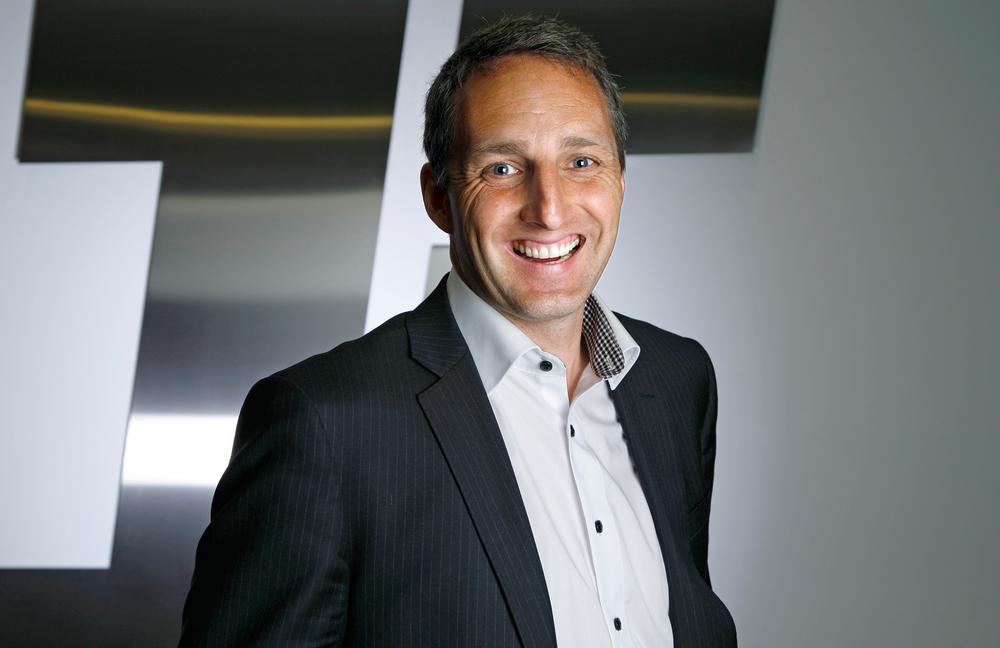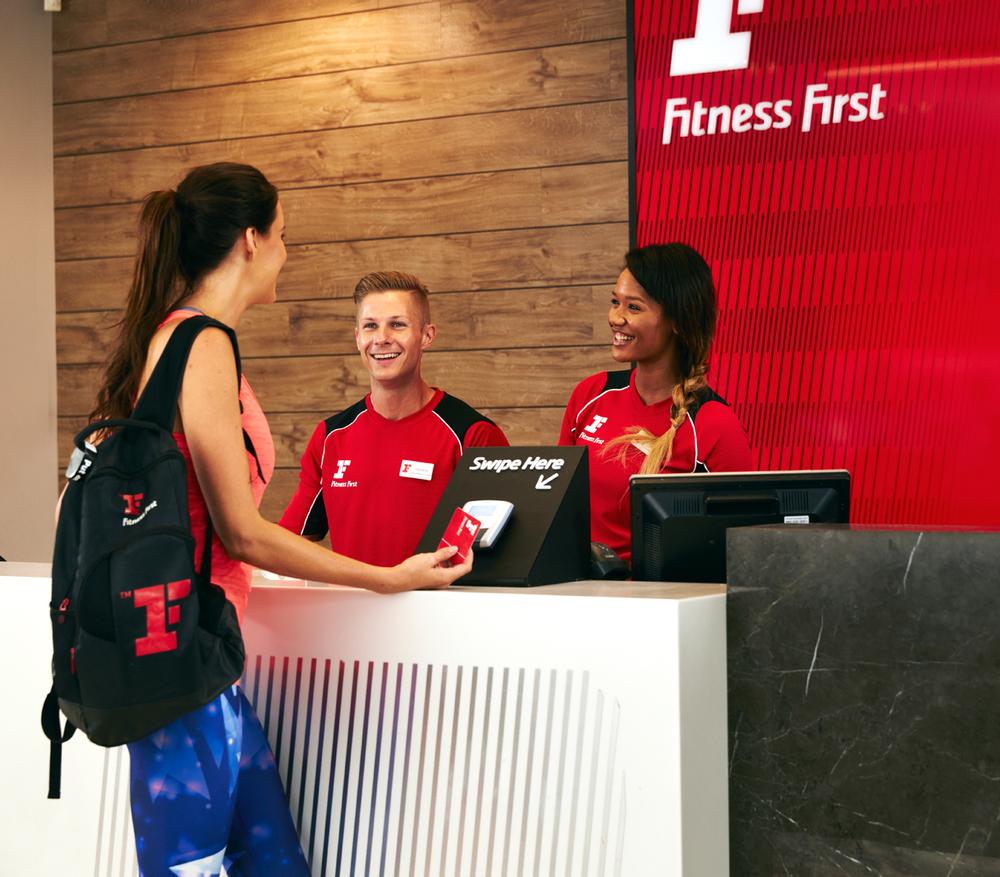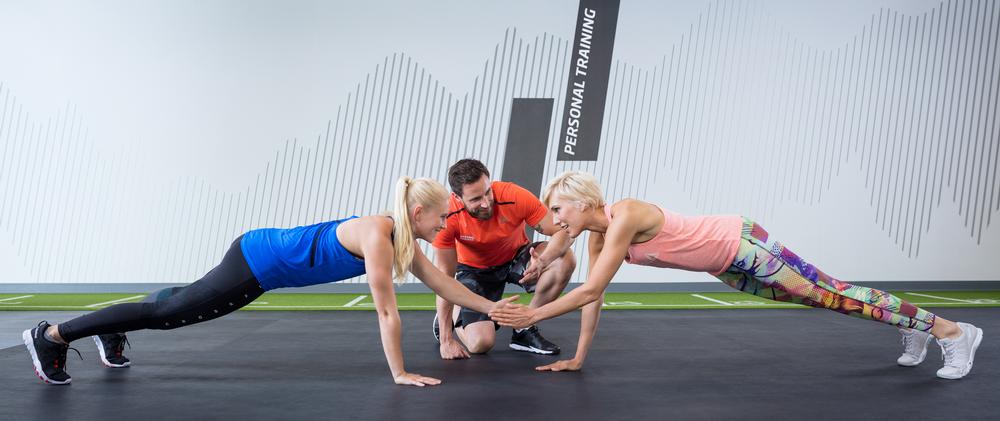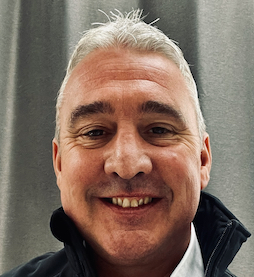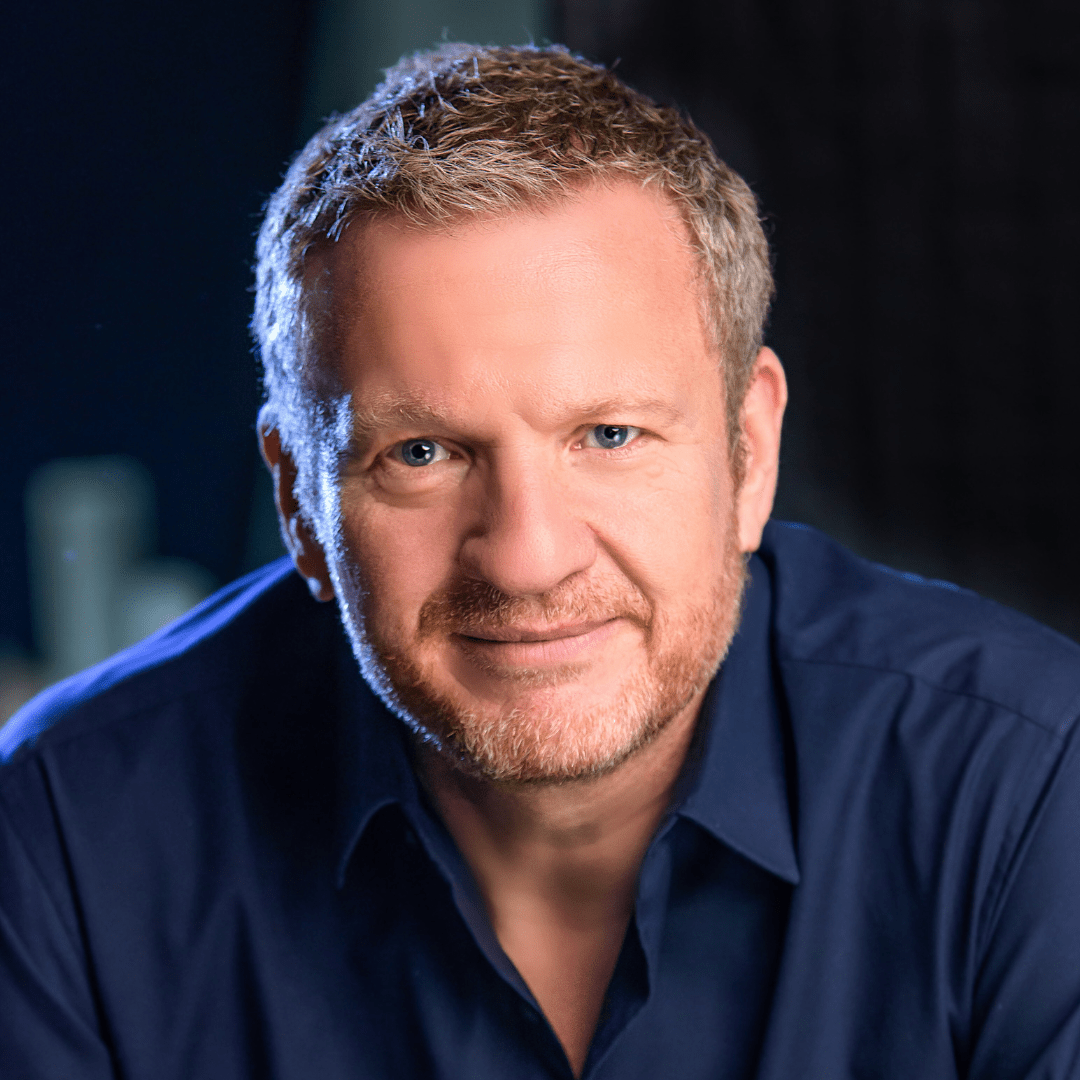Fitness First Germany is a very different proposition from Fitness First UK and the situation we faced when we came in to turn that business around,” says Martin Seibold, who’s been CEO of Fitness First Germany since November 2017.
“Ultimately the brief is the same: to get the business ready for sale. But where the UK required huge investment just to get the clubs up to scratch, as well as a significant streamlining of the portfolio – we went from 180 clubs to 60 – the German business is built on stronger foundations.
“The German clubs are in good shape and are in excellent locations: I expect to reduce the estate from 73 to 60–65. The people are strong too: in the UK, I changed 92 per cent of the general managers in the first 18 months, whereas in Germany all I’ve done is move people around. They’ve been with the business a long time – an average of six to eight years among club managers. Even the receptionists and fitness instructors have been with us for ages. It gives us a very strong base on which to build the business and prepare for the future.”
Reviving the business
For Seibold, the move to Fitness First Germany takes him full circle. His career began there in 1998 as marketing manager and he worked his way through the ranks to become MD in 2004.
In 2006, he moved to Fitness First UK as COO to help turn the business around – a project that lasted until 2009, when he took on a global role. He was called back to run the UK business as MD in 2012 – a role he held until April 2017, overseeing the sale of the UK business and its integration with buyer DW Fitness.
“I’m very proud of how those two businesses have integrated, with DW keeping the Fitness First team and the brands running in parallel – but for me, the time had come for a new challenge,” says Seibold. “I wanted to leverage and build on my learnings of selling a business.
“I started consulting for Fitness First Germany, and in autumn 2017 the role of CEO presented itself. And it’s such a cool job! As I say, the business has strong foundations, which means right now, in year one, we can leap straight into things we were doing in the UK in year three.
“I realised quickly what a opportunity the German business is. Already, by November 2017, we were seeing 10 to 15 per cent more joiners on a like-for-like basis, compared with 2016. Of course, it was low that year, but that’s still a fast response to a change in direction.”
A three-year plan
“What I learned from the UK business is that people need a very clear plan. Even if they don’t follow it 100 per cent, you need to provide it right at the beginning. So I immediately laid out a three-year plan split into three distinct phases: alignment, refinement and breakout.
“The alignment stage is about focusing the business around your core purpose: what do you want to achieve? Why do people want to work at the business? What can the customer expect from us?
“You then make sure all your equipment and facilities are in order and that you have good staff. You create the product and standards you want to be known for.
“In the refinement phase, you build on your product, creating innovative training programmes and experiences, continuing to develop your staff and returning good profit margins to the business.
“And then in the final breakout phase, you push the boundaries to achieve exceptional, best-in-class standards across the board, and you drive the business into strong growth.”
What’s been happening?
For now, the Fitness First Germany business is firmly in the alignment phase. “In autumn 2017, we spent over €4m freshening up the clubs, with around two-thirds of that going on the facilities and the rest on equipment,” says Seibold. “Another €4m was spent between December and February – this time two-thirds on equipment, one-third on facilities – and there will be another wave of investment in the summer.”
He continues: “We spent almost €1m just painting the clubs to get away from a colour scheme that was purple and brown and magenta. We’ve also taken out anything that was getting in the way of staff talking to members: we’ve removed most of the turnstiles, for example, so the receptionists’ role is now much less about managing queues and much more about welcoming members.
“Every decision we’ve made has been focused on the member and how they will benefit. We haven’t invested in anything that didn’t have a direct, positive impact on them. But in terms of the clubs, it was about a doing a refresh.
Empowering managers
“Unquestionably the most important thing we’ve done – and by far the biggest change in the business – has been empowering all the general managers to make their own decisions. We have great GMs who know their market and members far better than anyone at head office possibly could, but up until now, everything has been dictated by HQ.
“On 1 December we turned this on its head. We’re now letting the clubs plan their own future, inviting the GMs to run them more entrepreneurially, as if they were in charge of their own businesses.
“To encourage our teams to try new things, we’ve even hijacked the ‘FF’ of Fitness First and introduced a philosophy we’re calling fehler feiern, which translates as ‘celebrate failures’. We know that if we empower our people, they will have many triumphs, but also that they will make a few mistakes, but we’ve decided these will be celebrated.
“It’s definitely the bravest thing I’ve done in my career, and of course there was some nervousness in the business, but it’s staggering how quickly you can ignite people with this approach. We have good people in the business. We just needed to re-enthuse them and give them their belief back in the company. Now we have a team that’s smiling, positive and that’s really got its mojo back.”
Local decision making
He continues: “GMs can now change their opening hours without checking with us. They can decide what SKUs are best for their club when it comes to their F&B. If they have new ideas for group exercise classes, that’s great: 20 per cent of the timetable is open to them trying whatever they think will work for their members. I’ve asked them what equipment they want in their clubs – we won’t tell them what they have to have – and if they want to move existing gym equipment around, they can do so.
“We also asked every club manager to put together a three-year outlook of what they felt their club could deliver – if the right elements were in place – with a focus on the things that would have a customer impact. We also asked them what investment they’d need to achieve these outcomes and then created a three-year plan based on their figures.
“Ultimately what’s happening, through the empowerment of individual clubs, is that we’re becoming a local business.”
A network model
But will this empowerment lead to more disruptive diversity across the business at a time when the focus is on working to streamline and redefine what it stands for?
“Not at all,” says Seibold. “We have the same basic model for all clubs. Any clubs that didn’t fit within this – the club in Cologne that used to offer functional training only, for example – have now been given all the things you’d expect in a health club. Yes, there’s flexibility within that for the GMs to try out classes and look at the balance of equipment, but the overall model is essentially the same.
“What we’re doing is maximising the value of our network – things such as the fact we have multiple clubs in a city.
“We’re giving each club between one and three highlight features. We have eight clubs in Hamburg, for example, but I don’t need eight pools, so three clubs have pools, one has Crosstraining, another has Jumping Fitness, in another there’s a big Olympic platform, the next has a big running track. You have your core offering, and then – based on the local demographics – each club has its own ‘sexy’ features, with a studio timetable adjusted to suit the market.”
Seibold continues: “To make this network concept work, we made every single one of our memberships reciprocal, without it costing members any more. What usually happens in December is that people get an email telling them about a price increase for January. We didn’t do that. We sent them a message saying: ‘Great news – you can now use more clubs. You’re in tier 3, paying €60, so you can now train at 40 clubs’ or ‘You’re paying €85. That means you’re in tier 1, so you can now train at every Fitness First club in Germany’.
Free on fridays
“We’ve also taken advantage of the fact that, in German, Freitag – Friday – means ‘free day’. Every Friday, all our members are allowed to bring a friend along to the club for free. Sales numbers are soaring and retention is also improving.
“And we’ve simplified our pricing structure, with one starting price per club: from €35 to €85 depending on location and services. Say your club costs €50 a month on a 24-month contract. If you want a 12-month contract, just add €10. If you want a one-month contract, add another €10. If you want off-peak, subtract €10. It’s as simple as that.”
So far so very good then – enough of a change that Seibold has felt justified in switching from the old Fitness First logo to the new, dynamic, red brand. But what comes next for Fitness First Germany?
Certified training
“Let’s talk first about our staff,” says Seibold. “In phase one it’s a cultural shift, embedding a sense of why you should work for Fitness First: to interact with people and to motivate them to train.
“The next phase will be about improving the calibre of staff. We have our own Fitness First Academy, which is a certified training provider. We’ll look to grow revenue by training more non-Fitness First staff and also use the Academy to ensure that by 2019, all staff – not just fitness instructors – have a fitness certification.
“I want to develop multi-skilled staff, so we can redefine people’s roles and they’re not limited to being a receptionist or a trainer – they can be all of those things. It’s more fulfilling for them and also means members can form relationships with people they meet at all touchpoints throughout the club.
“In the third year, we want to create ‘entrepreneur’ club teams so everyone working for Fitness First sees their club as their own. We want to be best in class.”
He continues: “We’re working on a number of things in terms of our offering: digital memberships in partnership with Wexer, for example, with app-based workouts for members; an improved online shop, again working with a partner to broaden it out to encompass hundreds of products; and partnerships in areas such as healthcare and health insurance.
“Over the past few years I’ve learned two key lessons: you don’t have to give everything away, but equally you don’t have to do everything yourself. You can expand and deliver the services and experiences members want by partnering with experts in their respective fields.
“From a commercial viewpoint, if I can achieve all this I’ll have a strong consumer-facing brand, which in turn means I can increase prices and drive profitability.
Seibold’s three-year timeframe will require bold steps to get the business in shape for a sale and his plan factors this in. “We want to own the premium mid-market segment,” he says, “And we’re aiming to do that by buying clubs.
“At the moment, Fitness First has 13 sites in Berlin, but we should have 30. In Hamburg, we have eight but we should have 15. This applies to all our club portfolio in metropolitan areas.”
Getting ready for sale
“There’s so much scope for us to make acquisitions and rapid growth becomes very manageable when you have a locally empowered business model,” says Seibold.
“We won’t go overboard at first, but just do it in one or two cities to show it works. It’s about having a strong story to tell when we sell the business – about showing the potential and demonstrating that if you scale up to become market leader, it gives a good return.
“Then, once we’ve proven the model, we can hand over the business and say ‘now you can do the same in the other cities’, which keeps all options open in terms of buyers – whether that’s another operator or a private equity firm.
“The way I see my job over the next three years is simply to do everything in my power to make Fitness First Germany a great, sustainable company again.”








